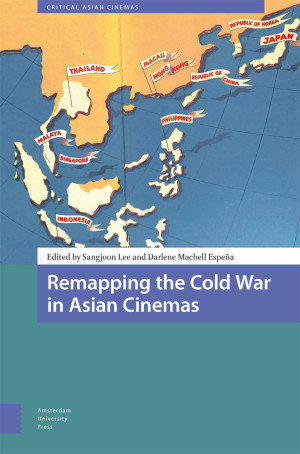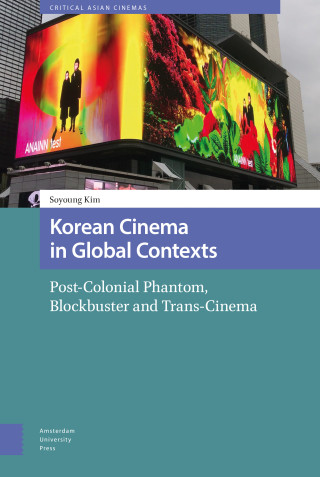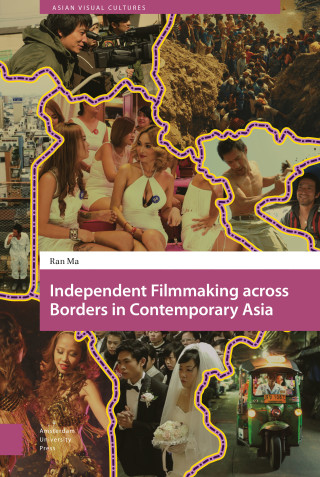Sangjoon Lee
Sangjoon Lee is an Associate Professor at the School of Creative Media, City University of Hong Kong. Lee is the author of Cinema and the Cultural Cold War: US Diplomacy and the Origins of the Asian Cinema Network (Cornell University Press, 2020). He edited/co-edited The South Korean Film Industry (University of Michigan Press, 2024), The Routledge Companion to Asian Cinema (2024), Rediscovering Korean Cinema (University of Michigan Press, 2019), and Hallyu 2.0: The Korean Wave in the Age of Social Media (University of Michigan Press, 2015). Lee also guest-edited “Is Netflix Riding the Korean Wave or Vice Versa?” (International Journal of Communication, 2023), “Reorienting Asian Cinema in the Age of the Chinese Film Market (Screen, 2019), and “The Chinese Film Industry: Emerging Debates” (Journal of Chinese Cinemas, 2019).





